The electric vehicle (EV) market is growing rapidly, and with it, the need for efficient and reliable charging infrastructure. Two of the most prominent charging standards in the EV industry are the North American Charging Standard (NACS) and the Combined Charging System (CCS). This article explores the differences between NACS and CCS, the pros and cons, and which one is better for you.
What is NACS?
The North American Charging Standard (NACS) is a charging protocol primarily used in North America. It was developed to provide a unified and efficient way to charge electric vehicles. NACS is known for its high power delivery, making it suitable for fast charging applications. It is designed to be user-friendly, with a simplified connector design that ensures compatibility with a wide range of EVs.
What is CCS?
The Combined Charging System (CCS) is a versatile and widely adopted charging standard used globally. CCS supports both alternating current (AC) and direct current (DC) charging, offering flexibility and convenience. It was developed by a consortium of major automakers and has become the de facto standard in many regions, including Europe and North America. CCS connectors are designed to accommodate both slow and fast charging, making them suitable for various use cases, including as a home EV charger for daily use.

How Do NACS and CCS Differ Technologically?
NACS and CCS have distinct technological differences that impact their functionality, compatibility, and user experience. Here are the key technological distinctions between the two standards:
Connector Design
NACS: Developed by Tesla, the NACS connector is compact and streamlined. It integrates both AC and DC charging capabilities into a single, slim design. The simplicity and ease of use are notable, as it requires only one connector for both charging types.
CCS: The Combined Charging System (CCS) connector is more complex and bulkier compared to NACS. It features separate pins for AC and DC charging, resulting in a larger connector. This design allows the same connector to be used for both slow (AC) and fast (DC) charging.
Charging Speed
NACS: Known for its high power delivery, NACS supports very fast charging speeds, especially at Tesla's Supercharger stations. It can deliver up to 250 kW of power, enabling rapid charging times for Tesla vehicles.
CCS: CCS supports a wide range of charging speeds, from slow AC charging at home to high-power DC fast charging at public stations. CCS can deliver up to 350 kW of power, which is slightly higher than NACS, making it suitable for rapid charging of a variety of EV models.
Compatibility
NACS: Primarily used by Tesla vehicles. While Tesla has started to open its Supercharger network to non-Tesla EVs in some regions, NACS remains closely tied to the Tesla brand and its proprietary network.
CCS: Designed as an open standard supported by many automakers worldwide, including BMW, Volkswagen, Ford, and more. Its broad adoption makes it a versatile choice for various EV brands, promoting interoperability across different manufacturers.
User Experience
NACS: Tesla's integrated approach with NACS provides a seamless user experience for Tesla owners, with features like automatic billing and vehicle-to-charger communication that optimizes charging.
CCS: While CCS offers broad compatibility, the user experience can vary depending on the charging station provider and vehicle. However, ongoing developments aim to improve the interoperability and user experience across different brands and charging networks.
Pros and Cons of NACS
-
Supports high charging speeds, delivering up to 250 kW of power for rapid vehicle charging.
-
Compact and user-friendly connector design that integrates both AC and DC charging.
-
Seamless integration with Tesla’s ecosystem, particularly the extensive and reliable Supercharger network in North America.
-
Optimized charging experience with features like automatic billing and vehicle-to-charger communication.
-
Future-proof due to Tesla’s continuous innovation and updates.
-
Primarily limited to Tesla vehicles, with minimal compatibility for non-Tesla EVs.
-
Proprietary nature reduces the likelihood of adoption by other automakers.
-
Mainly used in North America, with limited adoption in other regions.
-
Dependence on Tesla’s Supercharger network, which can vary in availability across different regions.
-
High initial investment for setting up and maintaining high-power Supercharger stations, potentially increasing costs for consumers.
Pros and Cons of CCS
-
Wide Compatibility: Supported by a broad range of automakers, including BMW, Volkswagen, Ford, and more, promoting interoperability across different brands.
-
Global Adoption: Widely used in Europe, North America, and other regions, making it a versatile and internationally recognized standard.
-
Versatility: Supports both AC and DC charging, offering flexibility for various charging scenarios, from home charging to high-power public fast charging. This includes compatibility with level 2 EV chargers, enhancing accessibility for daily use.
-
High Power Delivery: This can deliver up to 350 kW of power, slightly higher than NACS, enabling rapid charging times for compatible EVs.
-
Industry Support: Backed by a consortium of major automakers and continuous development, ensuring ongoing improvements and support.
-
Complex Connector Design: The CCS connector is bulkier and more complex than NACS, with separate pins for AC and DC charging, which can be less user-friendly.
-
Variable User Experience: The user experience can differ based on the charging station provider and vehicle, potentially leading to inconsistencies.
-
Slower AC Charging: While CCS supports high-power DC charging, AC charging can be slower compared to dedicated high-power AC systems.
-
Infrastructure Development: While CCS infrastructure is growing, it may not be as uniformly available in all regions, potentially leading to coverage gaps.
-
Cost: Implementing high-power CCS chargers can be expensive, influencing the cost of charging services and potentially impacting consumer expenses.
Where Are NACS and CCS Used Geographically?
NACS is predominantly used in North America, especially in the United States and Canada, where Tesla has established a robust presence with its extensive Supercharger network. This standard is integral to Tesla's charging infrastructure, which is most developed in this region. While NACS is primarily a North American standard, Tesla is gradually expanding its reach to other parts of the world. There is a growing presence of NACS in Europe and Asia, although the pace of adoption is slower compared to CCS.
CCS, on the other hand, enjoys widespread international adoption. In Europe, it is the mandated standard for fast charging in the European Union, supported by extensive infrastructure development, making it the dominant standard in the region. CCS is also gaining significant traction in North America, with many automakers and public charging networks in the United States and Canada supporting it.

Additionally, CCS is increasingly used in Asia, with countries like South Korea and China investing in CCS-compatible infrastructure. Other regions, such as Australia, are also seeing a rise in CCS adoption, making it a versatile and widely accepted standard globally.
NACS vs. CCS: Which is Better?
The choice between NACS and CCS depends on user needs; NACS, developed by Tesla, offers fast charging and seamless integration with the Tesla ecosystem, making it ideal for Tesla owners, especially in North America. CCS, on the other hand, offers greater versatility and global adoption, supporting a wide range of EV models with AC and DC charging capabilities. For those looking for compatibility and infrastructure, CCS is the better choice.
Recommended Product for Tesla Owners
For Tesla owners looking for a robust and efficient home charging solution, the Autel MaxiCharger AC Lite Home 50A EV Charger - NACS is an excellent choice. It has the advantage of:
-
High Power Delivery: Delivers up to 12kW of power, adding up to 48 miles per hour.
-
Extended Reach: Features a 25-foot cable, allowing flexibility in installation.
-
Multiple Connectivity Options: Supports Bluetooth, Wi-Fi, and Ethernet for versatile connectivity.
-
Smart Control: The Autel Charge App enables smart management of charging sessions, including scheduling and remote monitoring.
-
Integration with Smart Home Systems: Compatible with Alexa for seamless smart home integration.
This charger combines power, flexibility, and smart features, making it a top choice for enhancing the Tesla charging experience at home.
Conclusion
Both NACS and CCS have their own unique strengths and challenges. NACS excels in fast charging and user-friendly design but is limited in geographic applications. On the other hand, CCS is globally recognized and versatile but can be slow to charge. Understanding these differences can help you make a decision.

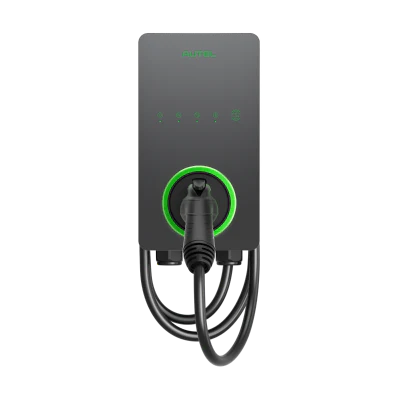
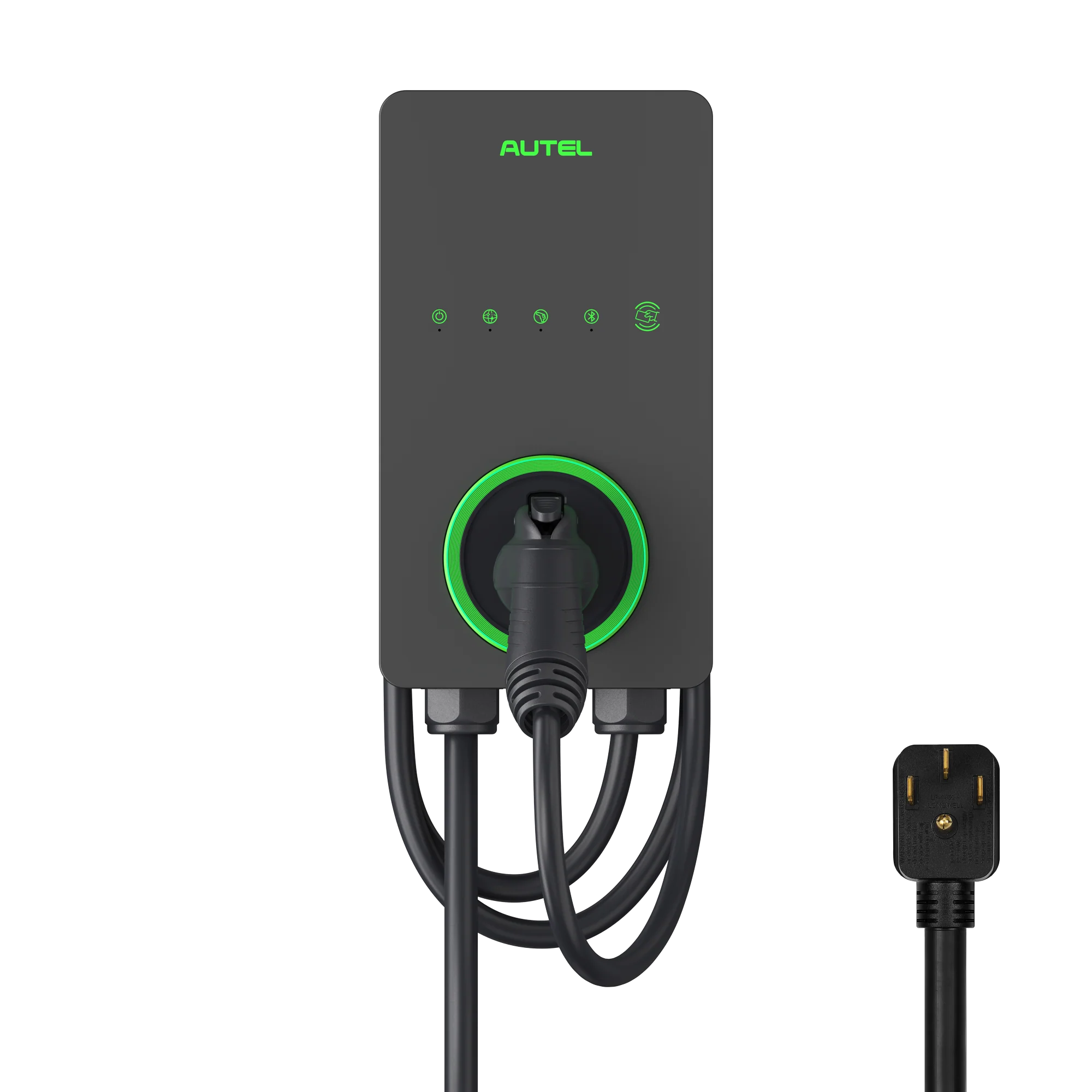
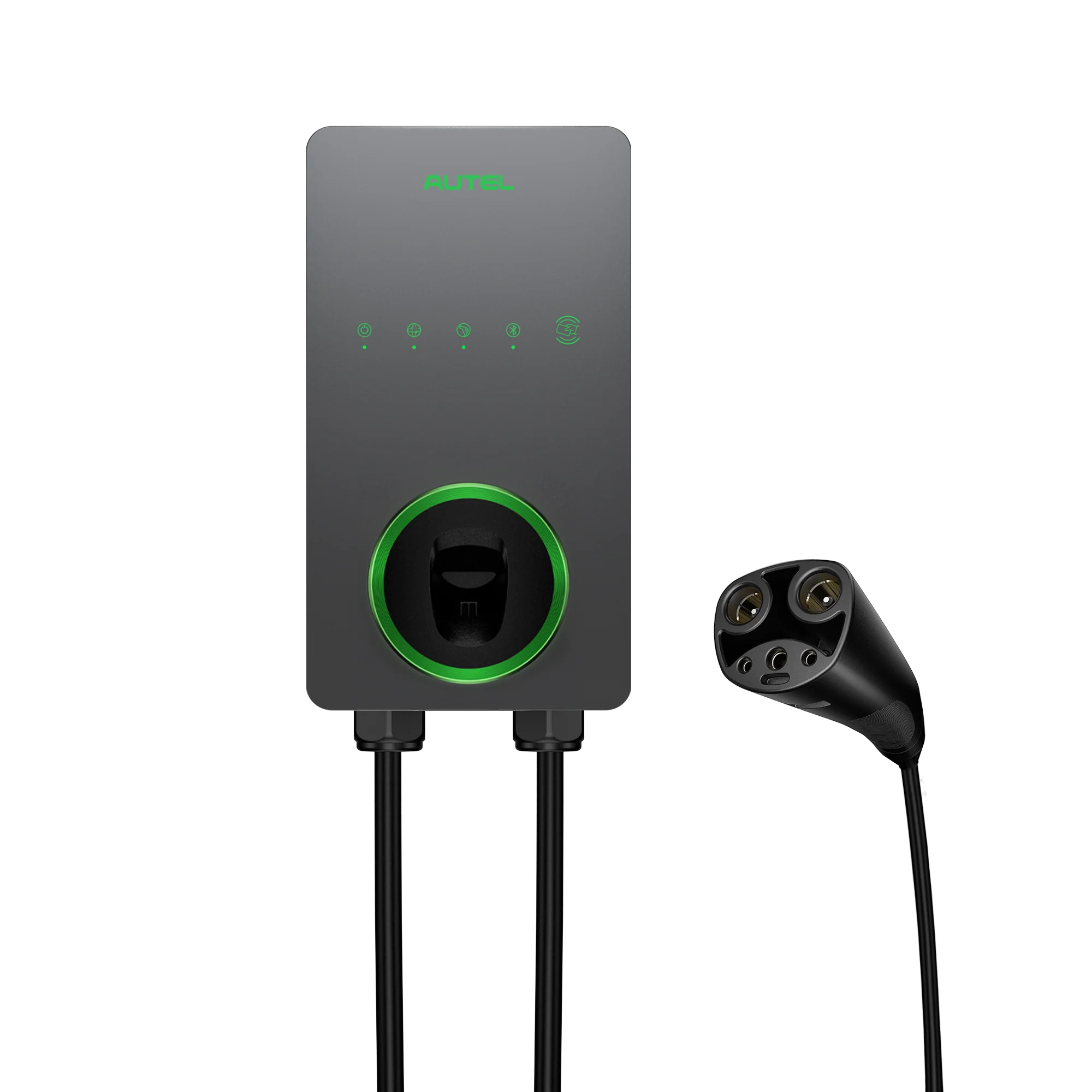
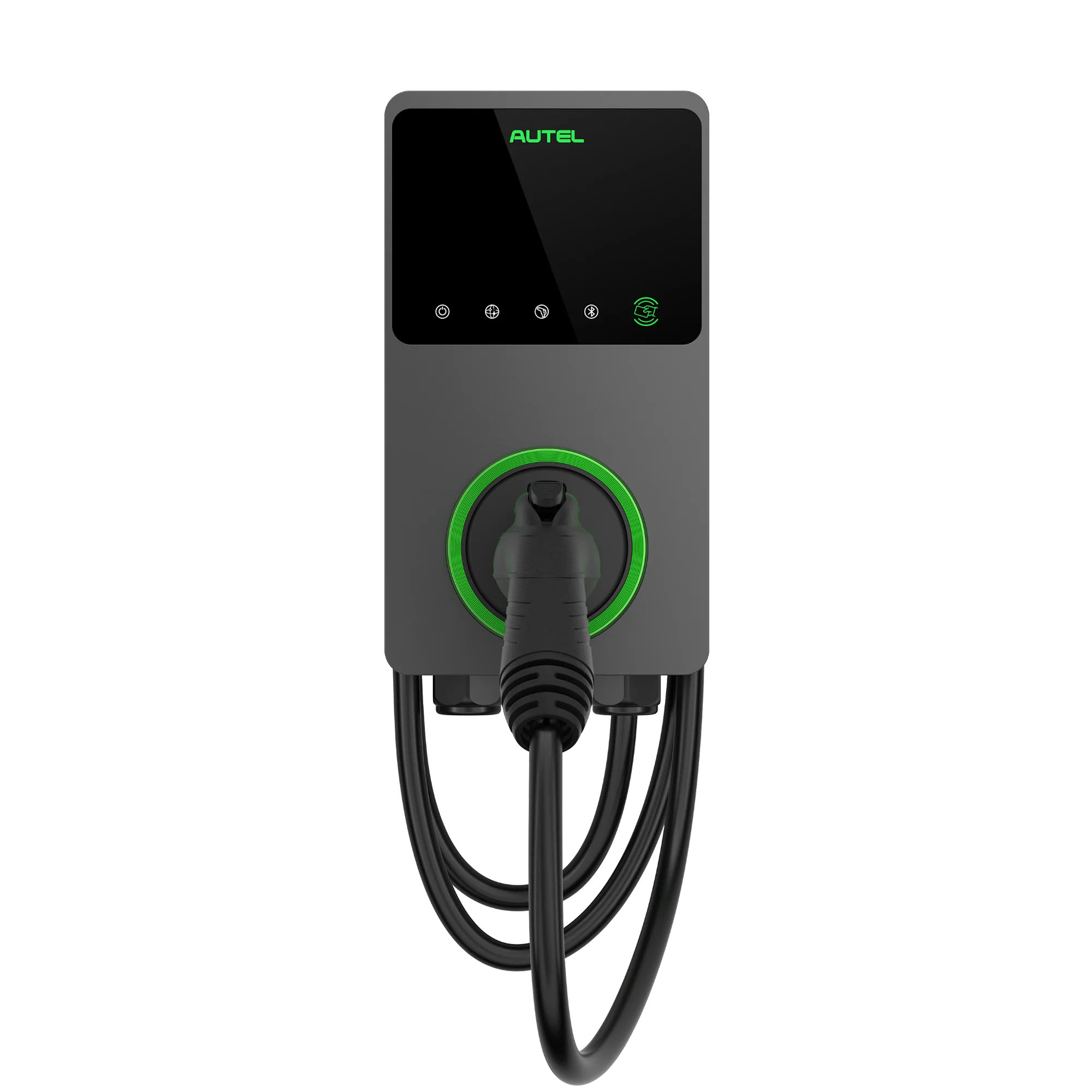
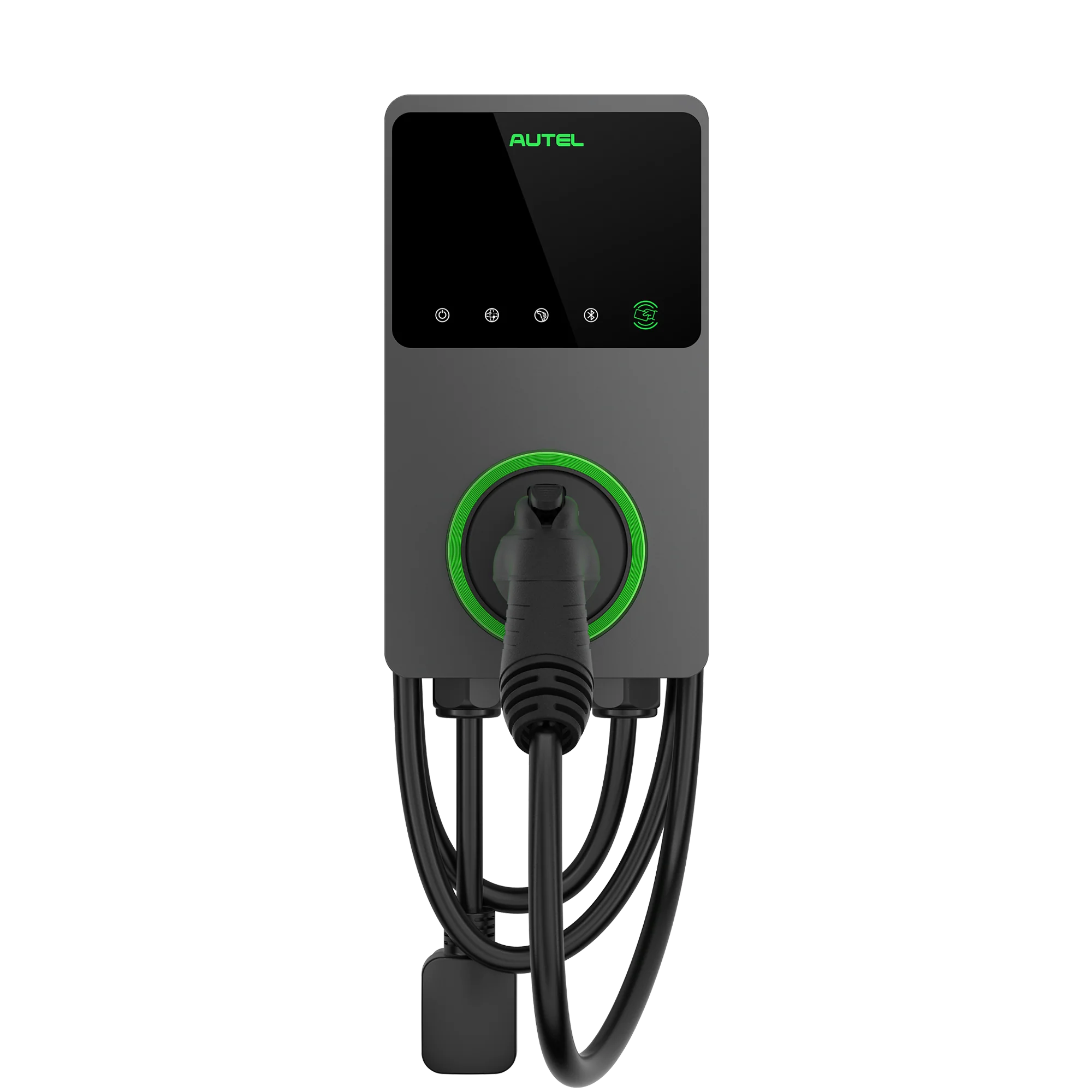
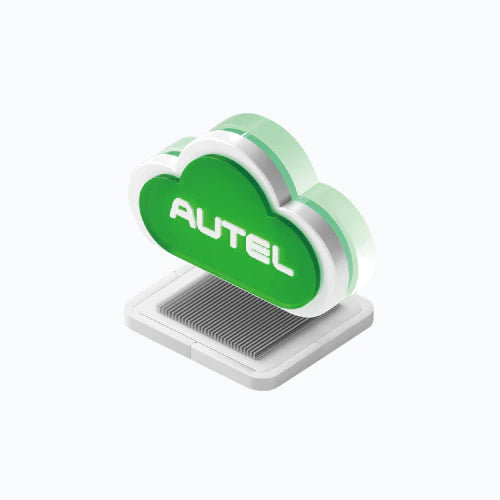
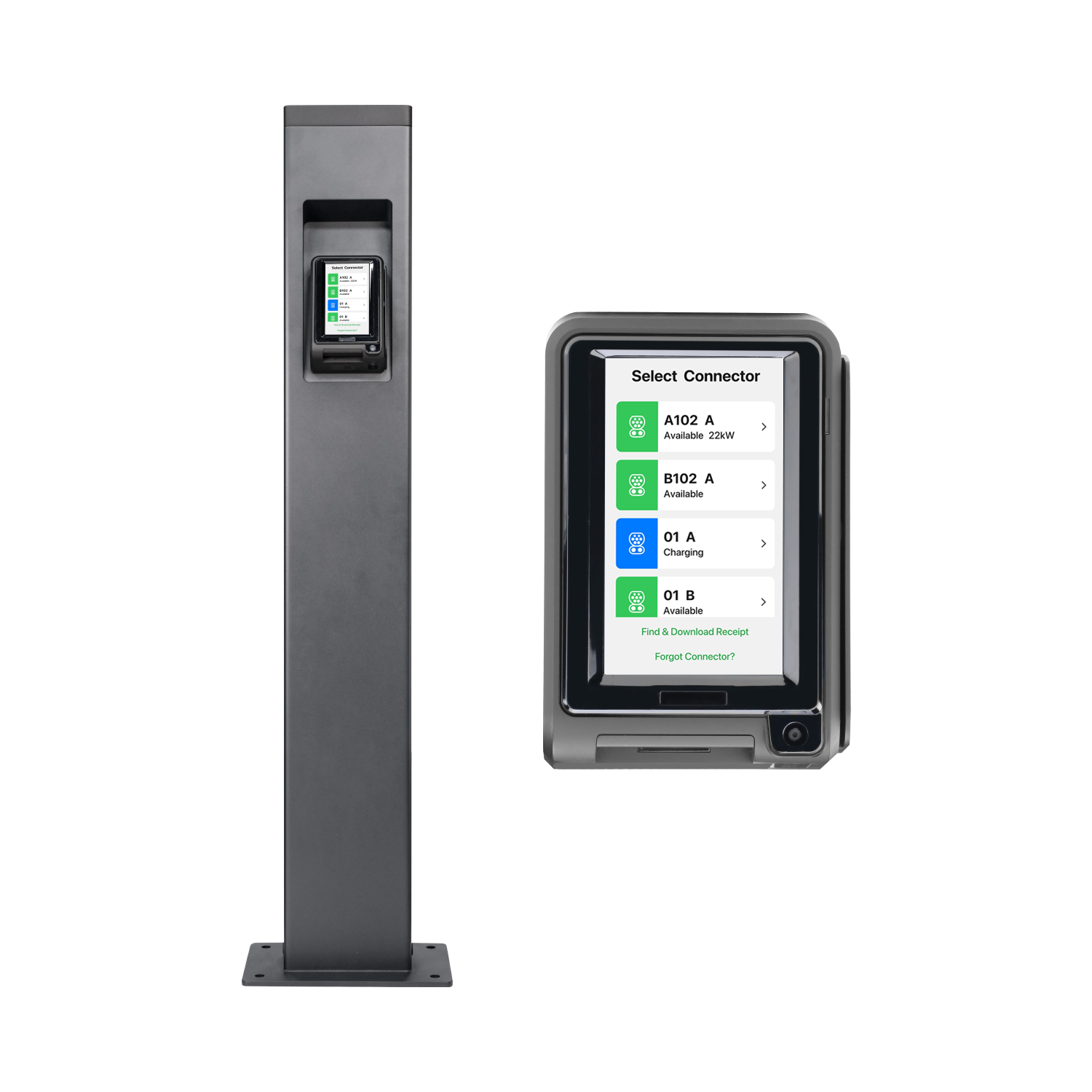
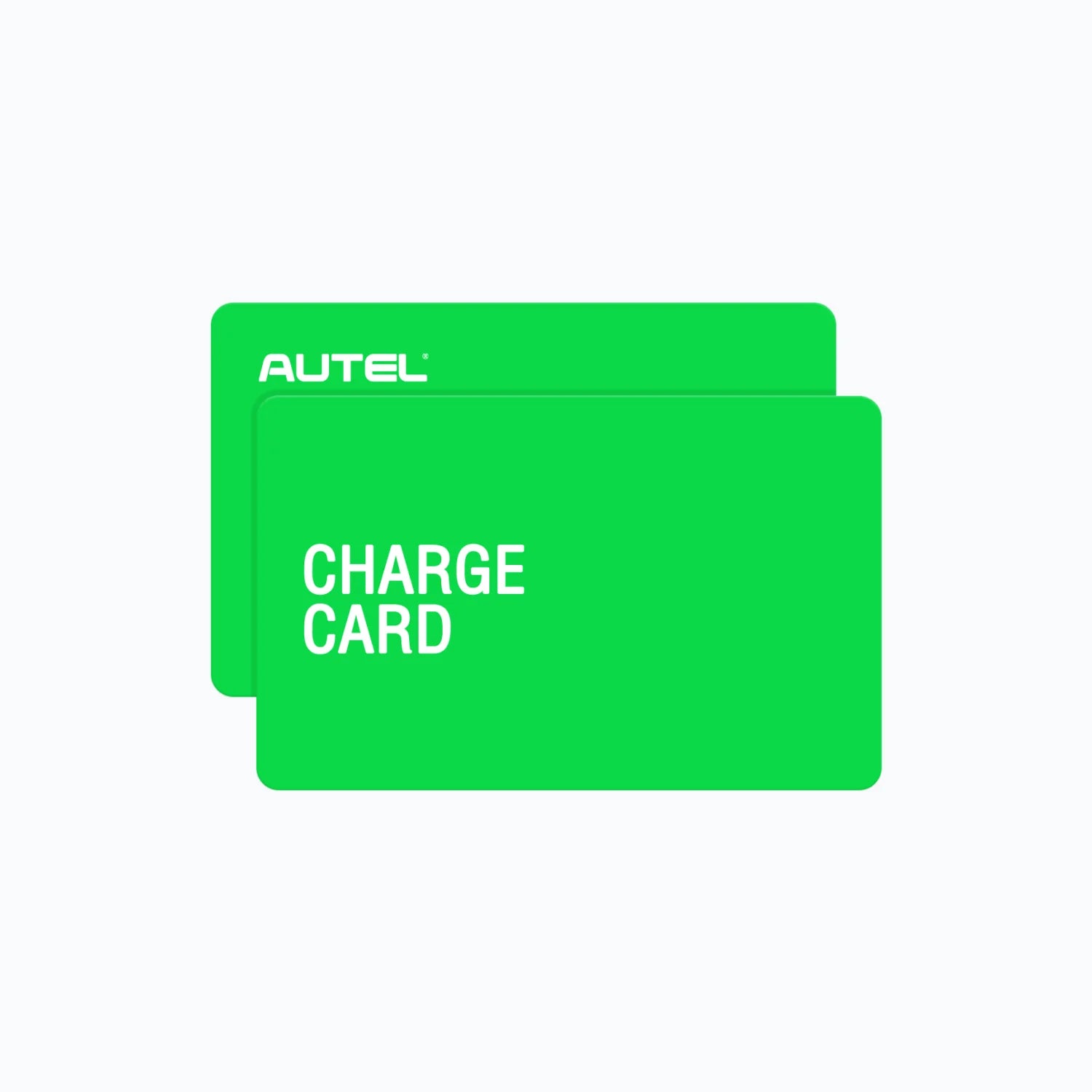
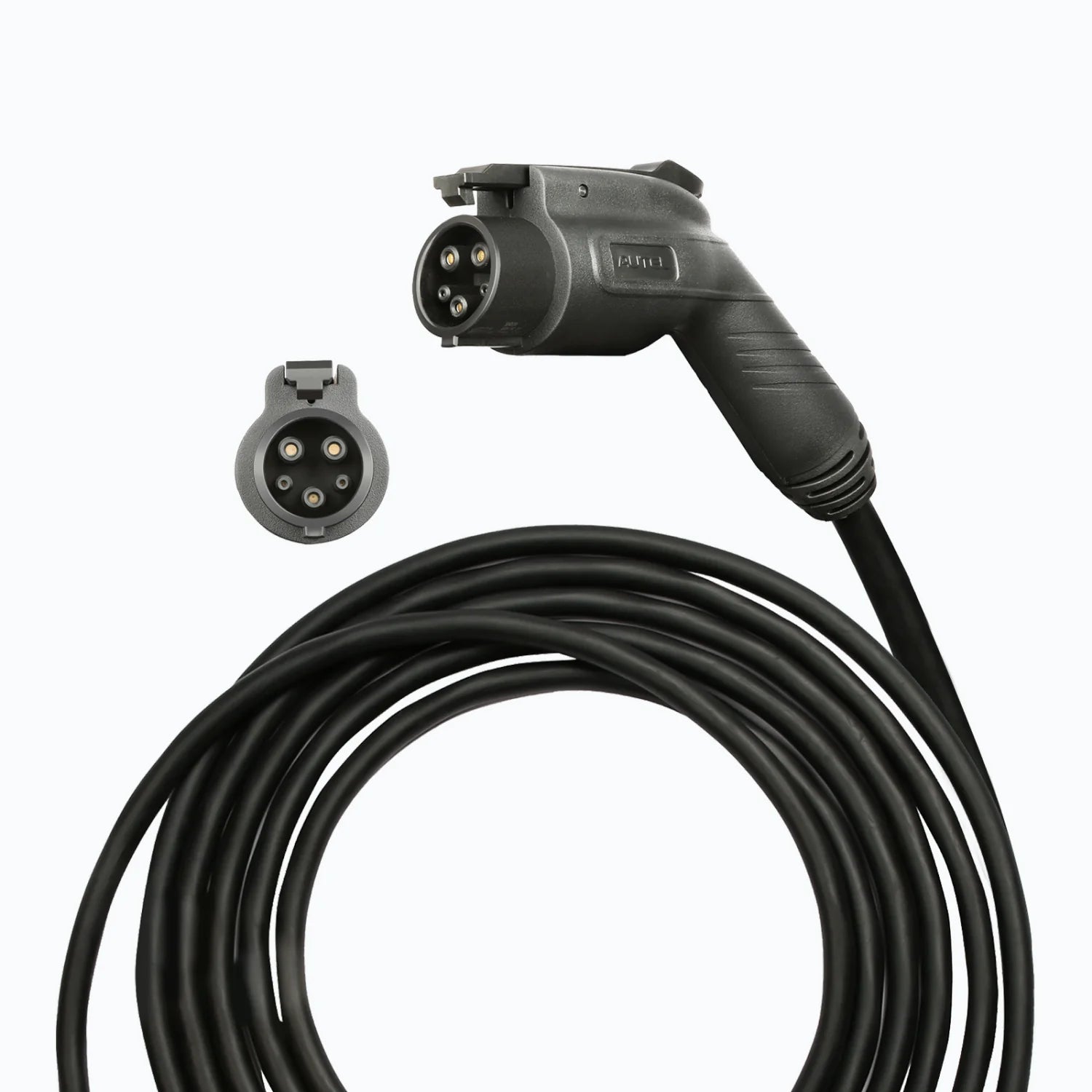
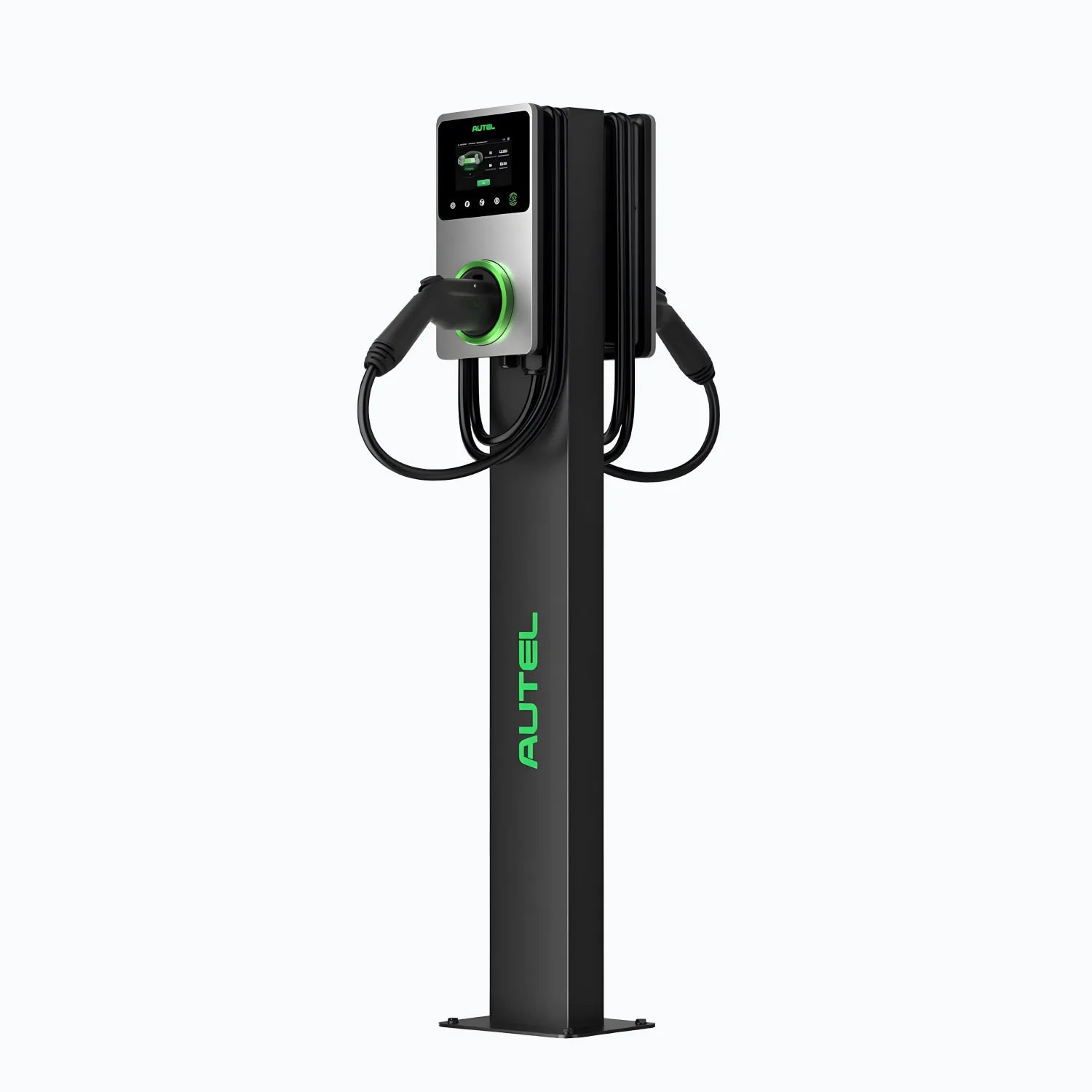
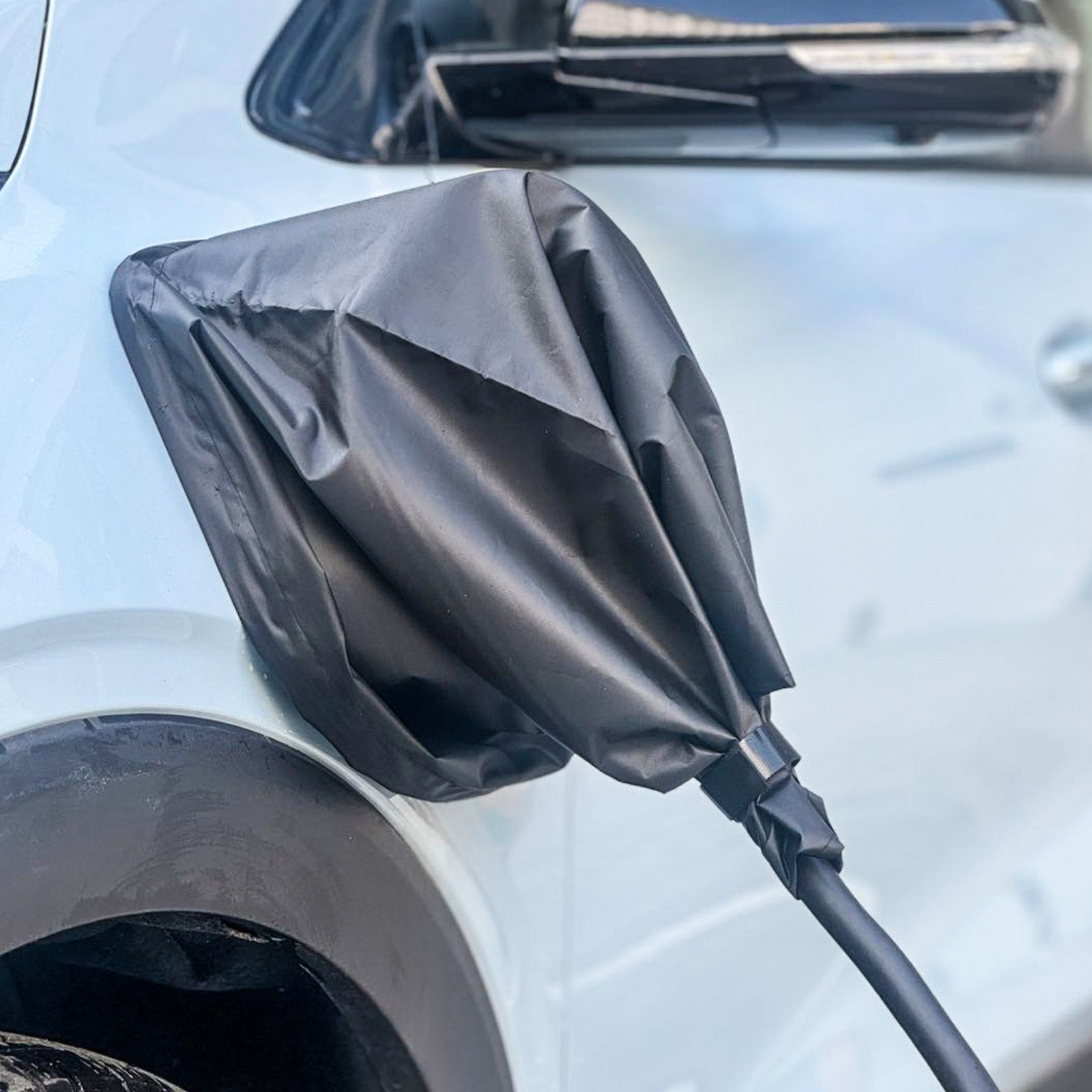
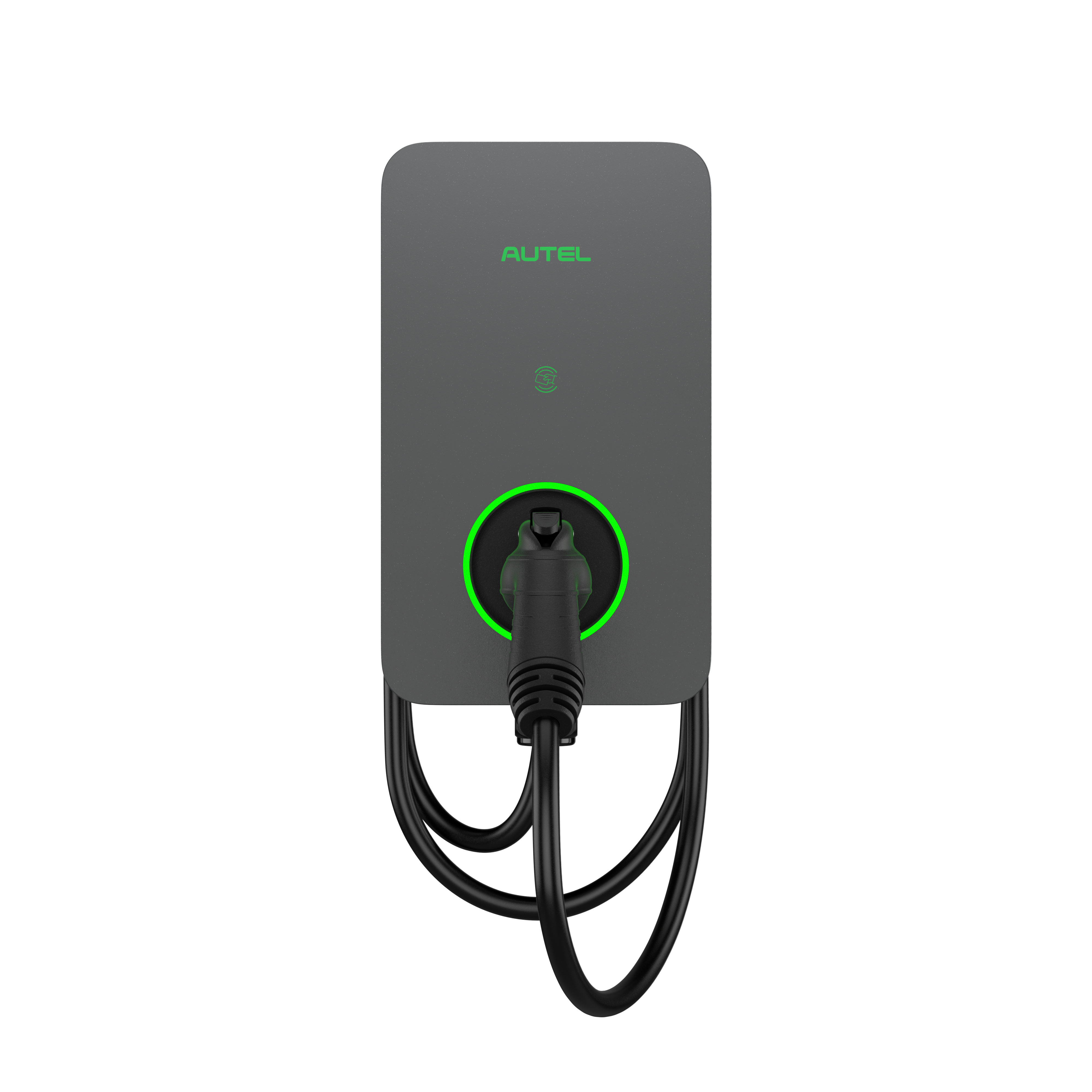
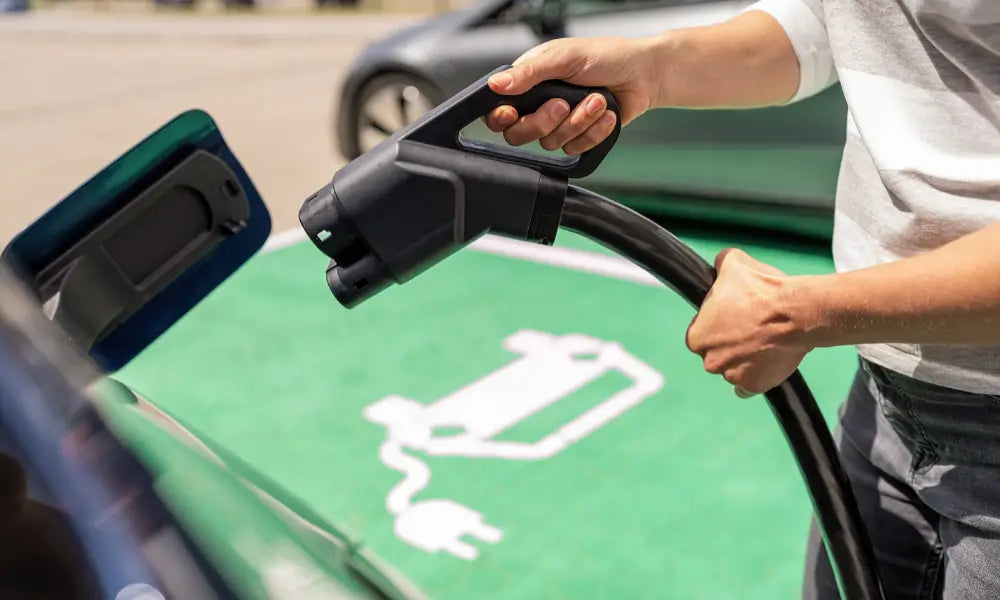


Leave a comment
All comments are moderated before being published.
This site is protected by hCaptcha and the hCaptcha Privacy Policy and Terms of Service apply.